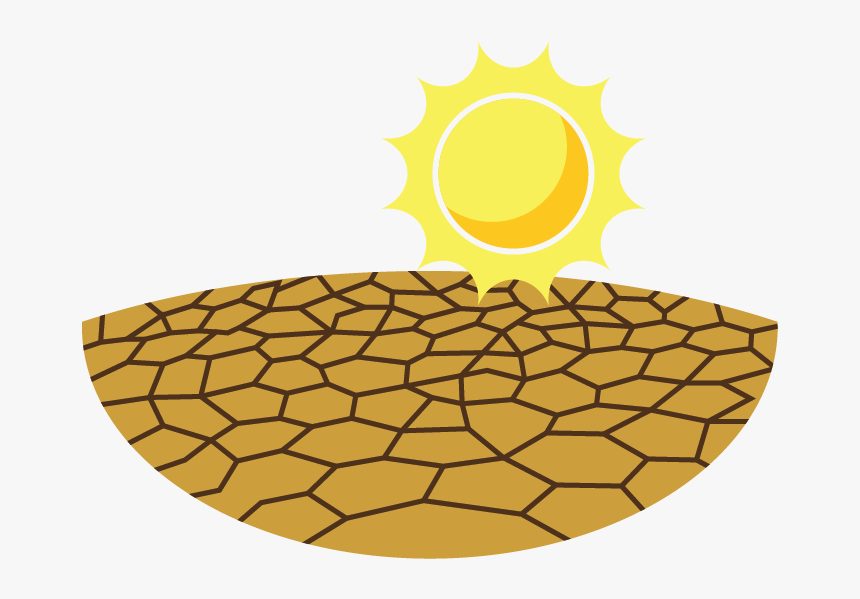Utah grows as water supply shrinks

By Catherine Smith
“People are concerned that we are in a region that is growing very rapidly, and also experiencing what doesn’t look like a temporary short-term drought,” said Joanna Endter-Wada, professor of natural resource policy at Utah State University.
A large portion of the United States west is experiencing some form of drought. Utah is no exception. Over the past several years, drought has been an ongoing problem in this region, and there seems to be no foreseeable end to that pattern.
David Erickson, an elected member of the Cache County Council, said that the biggest shift in northern Utah over the past few years has been the transition from agriculture landscape to urban development.
“We’re going from an agricultural use in water for the production of crops and livestock, to home use for ornamentals, gardens, and uses within the home,” and the biggest impact of the drought so far has been in the agriculture sector where production has not been as successful, resulting in negative effects on the economy and finances, Erickson said.
He does, however, see some positives. “People are becoming more water wise in their use. Not just because of the drought, but I think overall we’ve become a lot more efficient in the use of our water because of different practices. Our technology has changed to where we’re using water a lot wiser now, and it’s going further than it ever did before.”
He said Mother Nature is the root cause of this drought. “I think the world shifts itself, and it changes in its own different ways. I think this is another cycle we’re going through.”
He also said that urban expansion should be contained to an extent so that more buildings are using the same sources of water instead of branching out and having to find new sources.
“Even if we are doing good at utilizing what water we have, we can always do better. The concern is that there is just no need to waste water. Somewhere, whatever we don’t use will go downstream and can benefit other people too,” he said.
“Last year, we only had about half of the water coming out of the canyon that we normally have,” said Ralph Daniels, water master in Providence, Utah near Logan. “Last year was a bad year.”
He said that individuals who rely on that water are accustomed to a certain amount, and to suddenly have it sliced in half is detrimental to the surrounding landscape and property. Even he was personally impacted by the unusual reduction. “I had brown spots in the back of my lawn. I could’ve supplemented it with the city water but I chose not to.”
One of the biggest problems he has noticed during this drought is the obvious waste of water. “I know that there are still some water users that do not conserve water. I see water being used when it’s been raining and when it is raining. That’s just vain,” he said.
He said that droughts are part of a natural cycle, but that everyone should be responsible for minimizing their impact on the environment and using as little water as possible.
In addition, current snowpack in the mountains is still not enough to make up for the deficit. “I think in January we had about 130% of our snowpack,” he said. “In February, we were down to 80%, and I think people are still thinking we don’t have to worry because of January’s snowpack. January was probably one of the driest Januarys we’ve had for a long time even if the snowpack was 130%.”
His declared take-home message is, “Just tell people to be wise.”
“We’ve seen a lot of dryness of the soil because of multiple years of drought,” said Endter-Wada, who has expertise in human hydrology, drought management, water banking, and urban water demand management and conservation. She has seen and studied the impacts of drought all across the west for several years.
“Scientists are concerned that the increase of forest fires throughout the west have been a response to increasingly dry soils and increasingly dry forest ecology,” she said.
The prolonged drought we are in might just be the beginning of what is known as a mega drought, the likes of which haven’t been seen for 1,200 years, according to a recent article in the New York Times.
“As scientists have tracked down the periodicity of drought, how long they last, and what we might be able to expect from things like tree ring studies, it’s looking like we’re in a pretty bad one,” Endter-Wada said.
She agreed that the significant growth in the region puts a strain on water supplies. “Growth requires water. Provisions for a continued supply of water has to be made available. It has to come from somewhere.”
Addressing water management can be a bit of a tedious process. Some mechanisms that have been employed have been related to the price of water, although that creates contention between communities that can and cannot afford to pay.
“There has been a lot of backlash sometimes during a drought when some communities appear to be drought proof because they can afford to pay a lot more than other communities,” Endter-Wada said.
She has also examined the impacts government institutions and leaders can have on individuals’ willingness to conserve water. Encouragement from high-ranking officials to conserve has proven beneficial, and the appearance of government landscapes also influences others’ decisions to conserve. Leadership should be exemplified not only through words, but also actions. If institutions are able to show that they are willing to conserve, then individuals will also be more likely to follow suit.
One of the most difficult parts about maintaining efficient water use is keeping public attention on the issue. “I think if you live in the west and if you live in the state of Utah you need to be concerned about it,” Endter-Wada said. “But, people do have a lot of different issues they’re concerned about. People lead busy lives. It’s trying to get on everyday citizen’s radar screens about why they should be concerned and what they can do about it.”
She said that for years water has been a convenient source that was almost always relatively inexpensive. Most people may not recognize its full value, and it has largely been taken for granted. Now though, the scarcity of it is becoming an ever more prominent issue, and it will almost surely pose further problems for the future in the region.
“It’s a topic that ebbs and flows like water availability does




